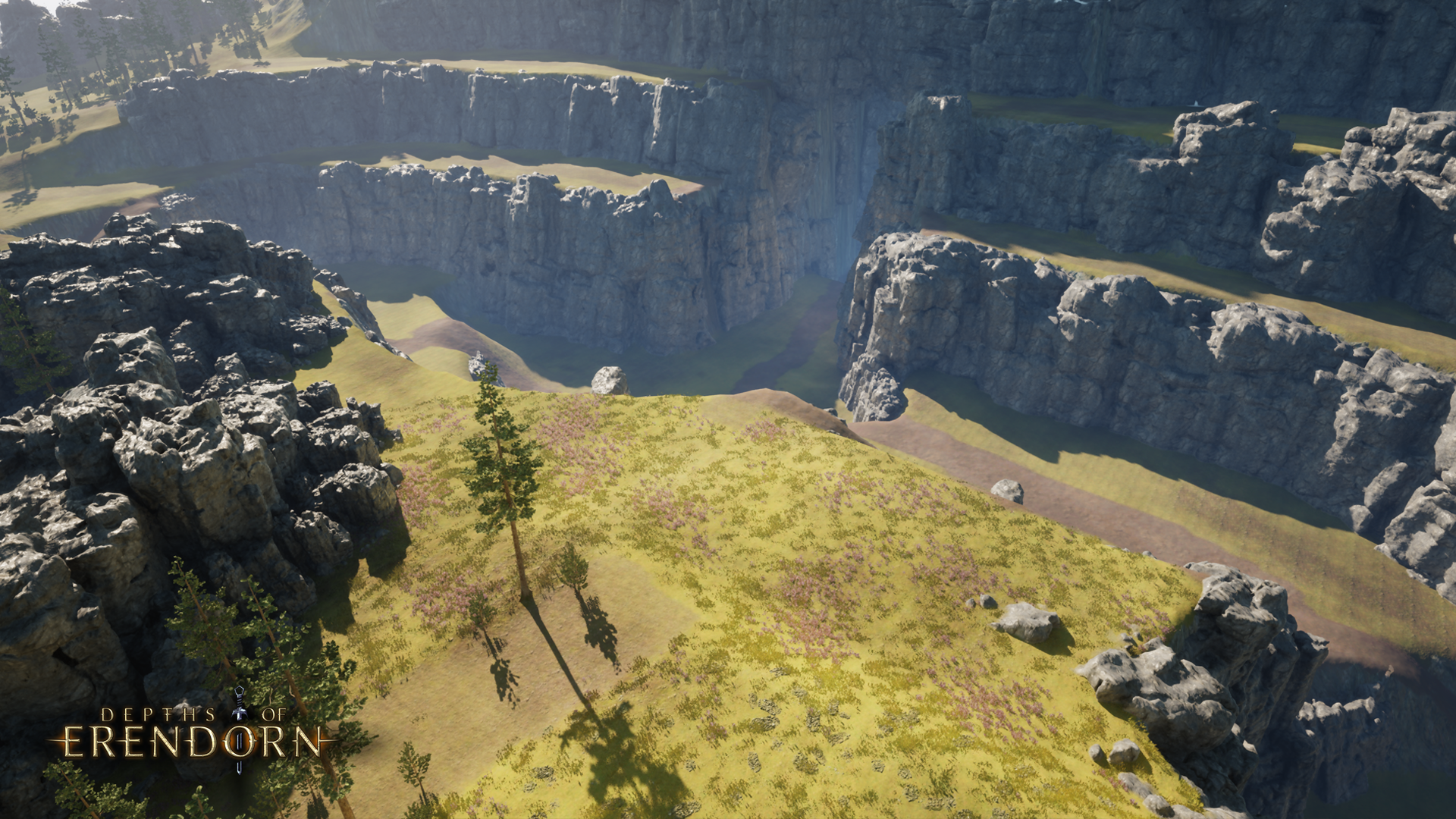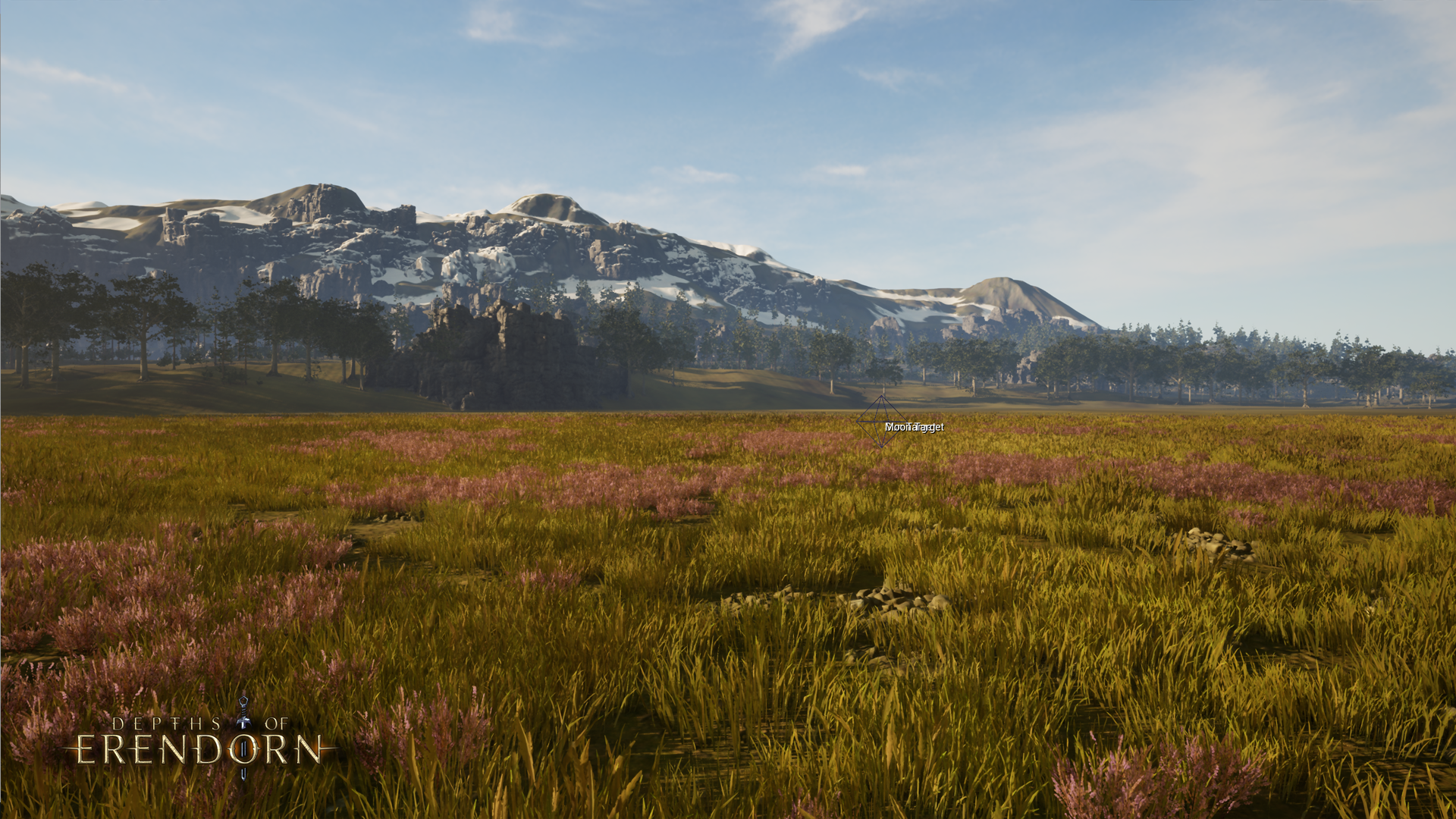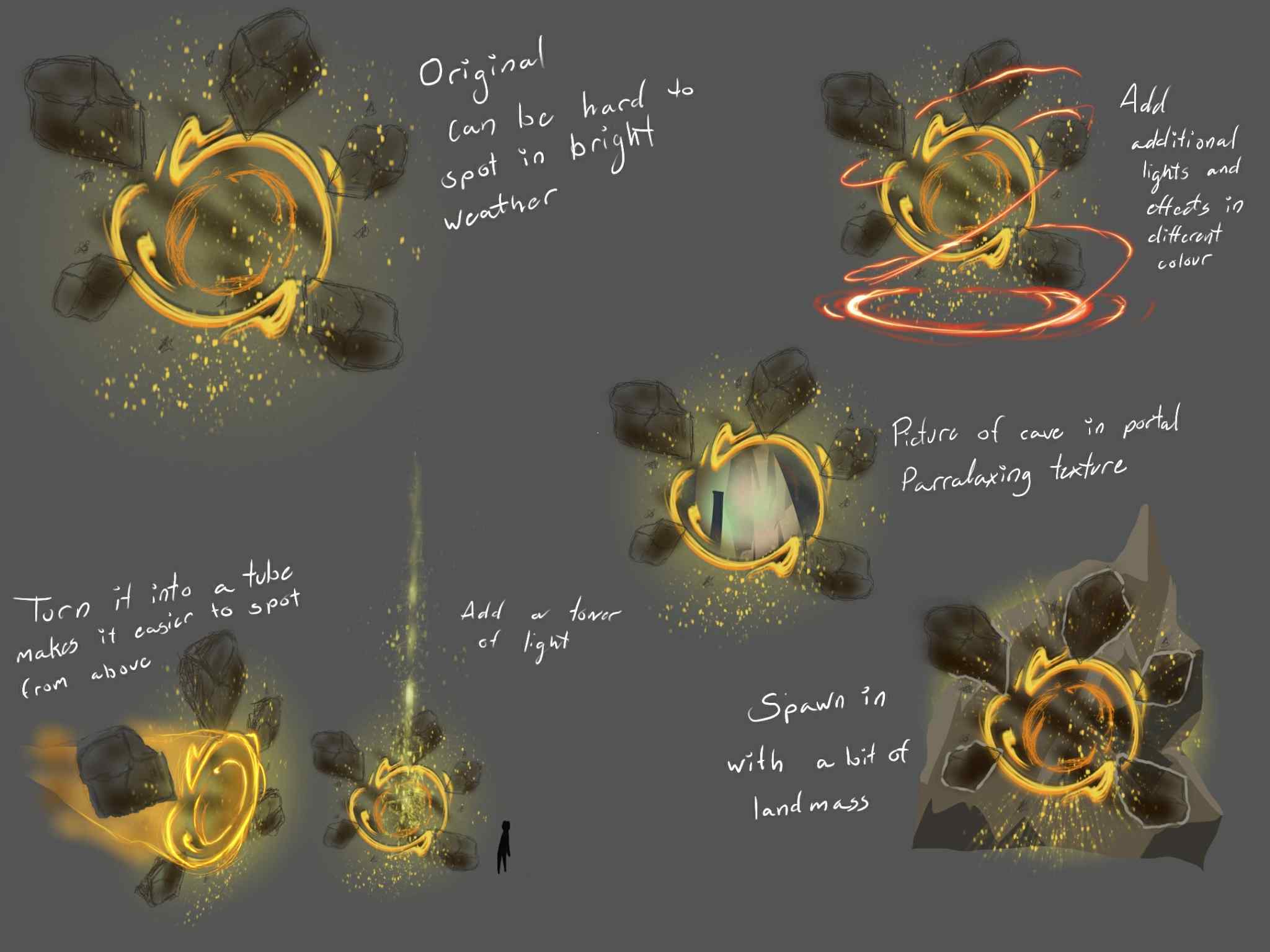As development continues to accelerate across all departments, this past week saw teams at Depths of Erendorn progressing on multiple fronts—from visual refinement and gameplay systems to asset creation and performance optimisation. With new tools and techniques in play, the team pushed forward on character updates, environmental performance gains, and foundational systems for interactive content. From upgraded foliage rendering to dynamic event design, each area contributed toward a more immersive and responsive game world. As always, join us on Facebook, Twitter, Instagram, and Reddit for daily updates on Depths of Erendorn. Alternatively, join our Discord for all the latest! - now let’s get into it!
3D Modelling
Closing out one task and beginning another, the 3D Modelling team wrapped up work on fitting the hair library to both male and female Human base models last week. This shared library allows for a broader range of interchangeable hairstyles during character customisation, helping to offer players more expressive options during character creation. With that complete, the team shifted their focus to an early redesign of the Boar enemy, aiming to develop a more distinctive and visually engaging silhouette, which we will see in the coming weeks. Examples of the hairstyles worked on throughout the week can be seen below.

Set Piece Design
Wrapping up a focused period of asset creation, the Set Piece Design team completed a new set of landmark assets last week. These distinctive environmental features are intended to serve as points of interest throughout the world of Erendorn—providing visual variety, aiding navigation, and supporting narrative hooks within the game’s broader exploration systems. With this latest set complete, the team is continuing to expand the pool of reusable world assets that will help bring depth and diversity to Erendorn’s evolving landscape.

Programming
Server
The Server team dedicated last week to refining the new block-based event system, addressing a range of issues that surfaced during implementation. Several critical bugs were resolved, including crashes related to pathfinding, adventure initialisation errors, and lingering problems affecting item pricing and post-adventure player movement. As part of expanding quest functionality, activity book entries were updated to support more granular fulfilment tracking—allowing objectives like “Kill x of y” to display live progress, rather than a simple binary completion status. Event triggers were also enhanced to access party data through the running EventContext, enabling more context-aware event outcomes. Updates to the Events Editor continued in parallel, with improvements made to maintain accurate referencing and execution logic, as well as several quality-of-life upgrades to support more efficient development workflows. With these foundations in place, the first quests and adventure events have now begun construction within the editor.
Environment Art
This week, the Environment team dedicated their time to performance optimisation, focusing on increasing framerate and improving overall visual efficiency across Erendorn’s environments. A key area of work involved reassessing the use of Nanite with foliage and terrain assets—trees were re-evaluated due to Nanite’s current limitations with opacity, prompting exploration of new methods for foliage rendering under these constraints. Landscape assets also had opacity disabled and were reconfigured to make full use of Nanite rendering. High-level optimisations continued with experiments in Hierarchical Level of Detail (HLOD) setups for landscapes, trees, and buildings, aiming to reduce rendering load while maintaining visual fidelity. Additionally, the team began implementing Temporal Super Resolution (TSA) upsampling, allowing the game to render at half resolution while displaying at 4K. These combined efforts led to a substantial improvement in performance, boosting framerates from 15 FPS to 65 FPS at 4K resolution.

Animation
This week marked a productive return to in-engine work for the Animation team, as access to the project was successfully restored and recent updates were imported. These included the latest revisions to the Forest Druid character and new beard variations for Dwarf NPCs. With these assets now live, the team began experimenting with bone-based simulations to introduce dynamic movement to elements like beards and specific clothing pieces—an alternative approach necessitated by the current limitations around cloth physics. While not yet final, early tests, such as those seen on the leftmost Dwarf merchant, show promising potential for future refinement. In parallel, development on the Necromancer’s animations also continued, ensuring the character remains on track for upcoming implementation milestones.
That’s it for this week’s devlog, but have you seen our monthly roundup of May yet?!








